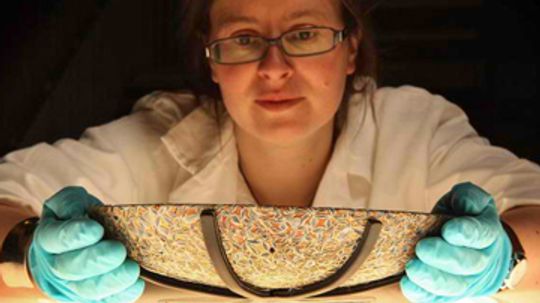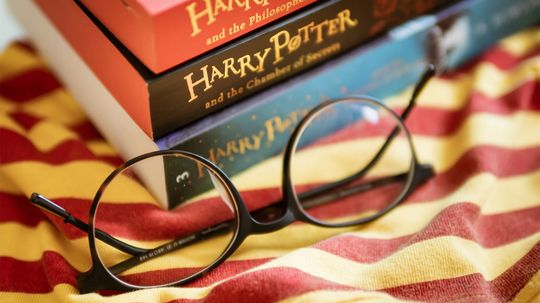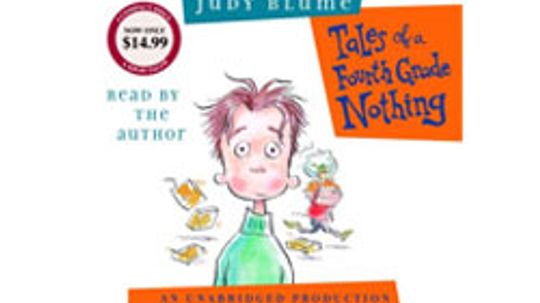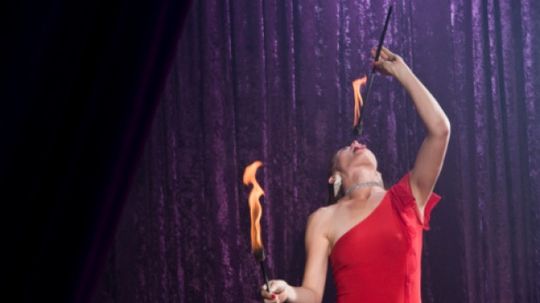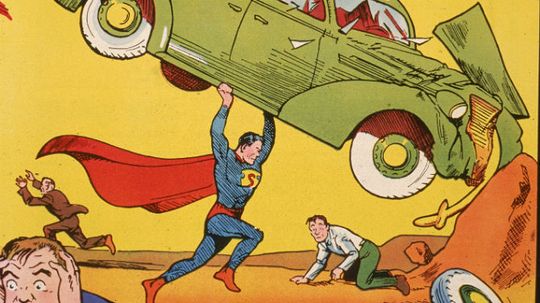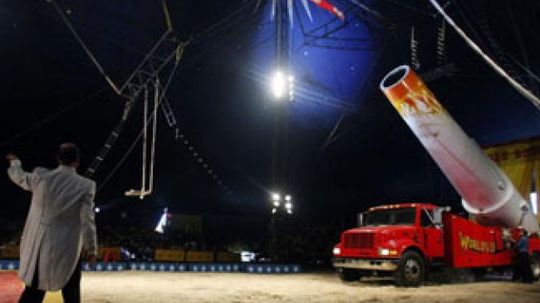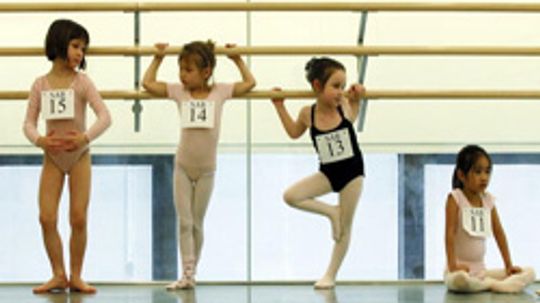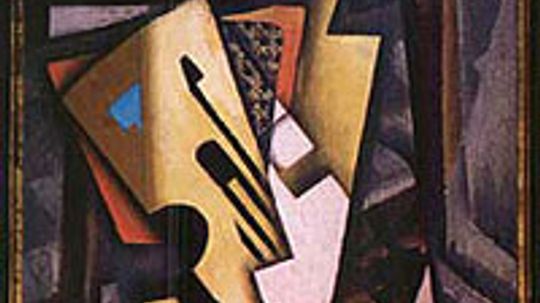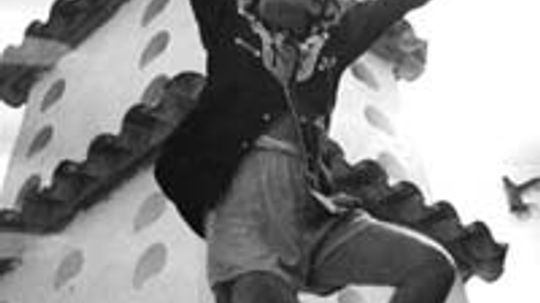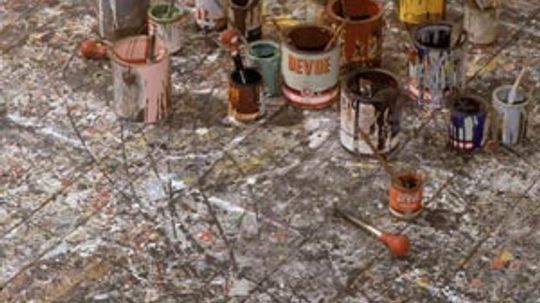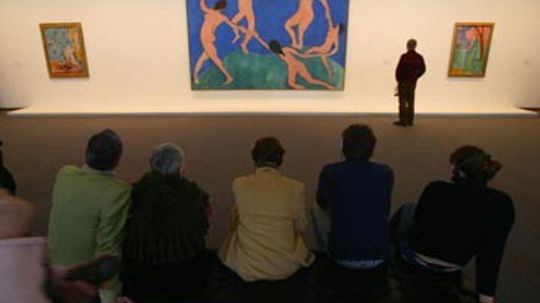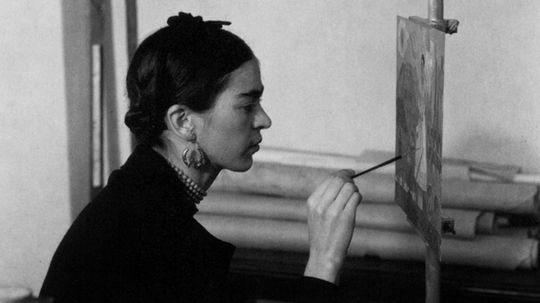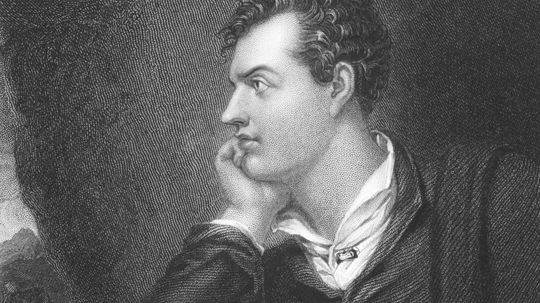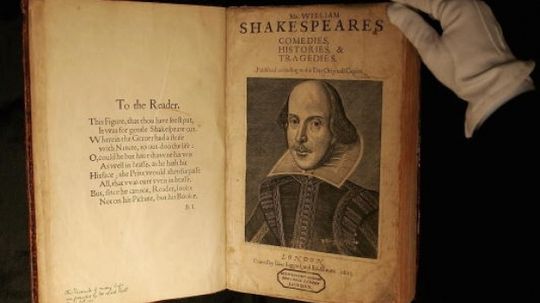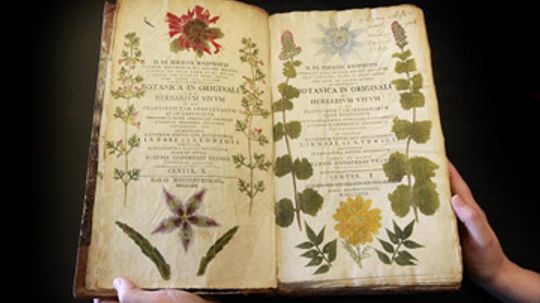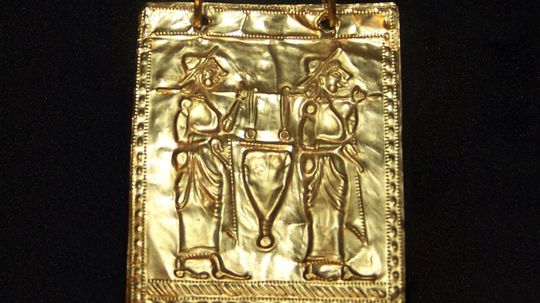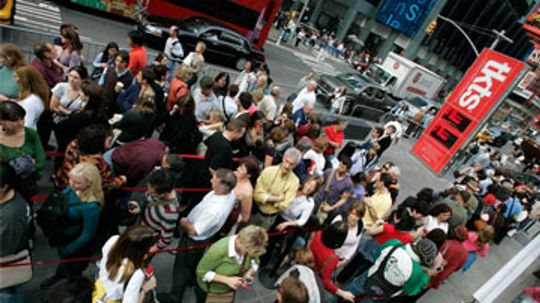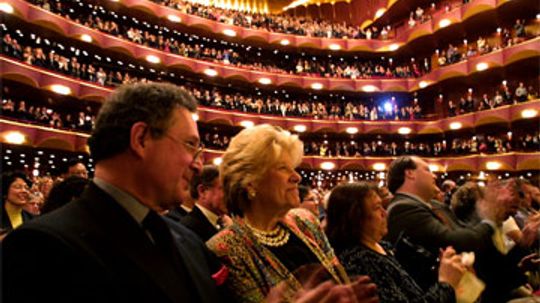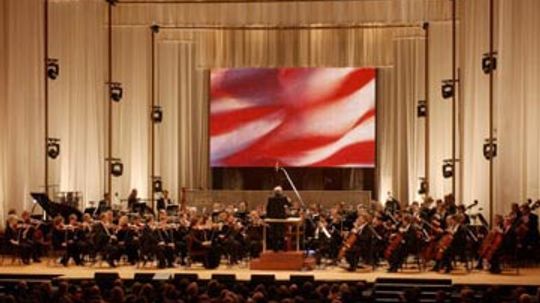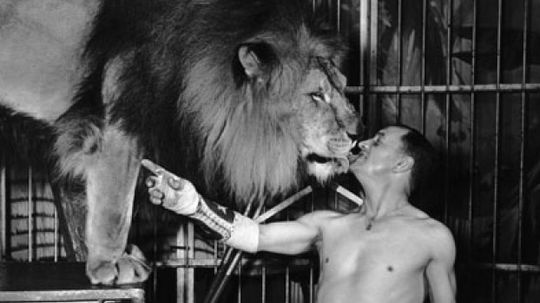Arts
Arts give us a way to explore our lives and the lives of others, whether it's on canvas, on-stage or on a page.

7 Types of Art to Find in Museums, on the Street and Beyond

6 Tertiary Colors in Graphic Design, Fashion and Decor

How to Use Neutral Colors for Sophisticated, Understated Looks
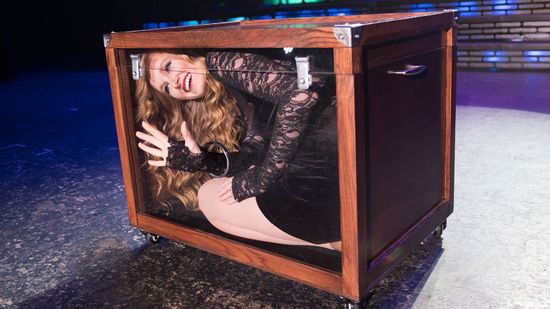
Is the 'Lovely Assistant' the Real Magician?
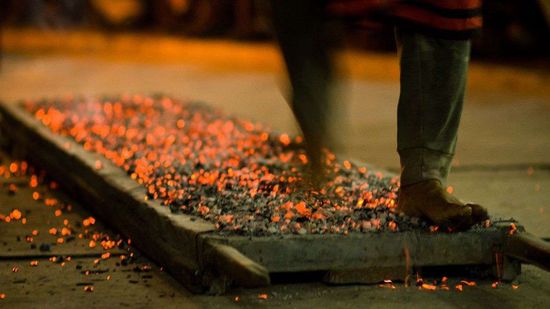
Dear Tony Robbins, THIS Is How You Walk on Hot Coals
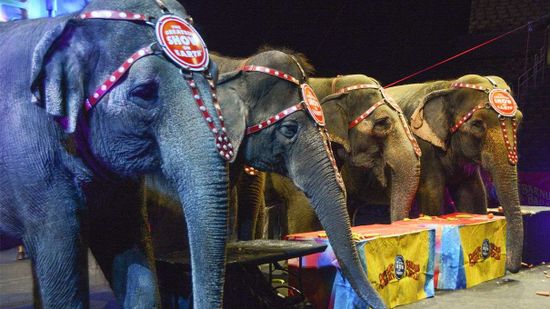
Ringling Bros. Retiring Elephants Early. PETA Still Not Smiling
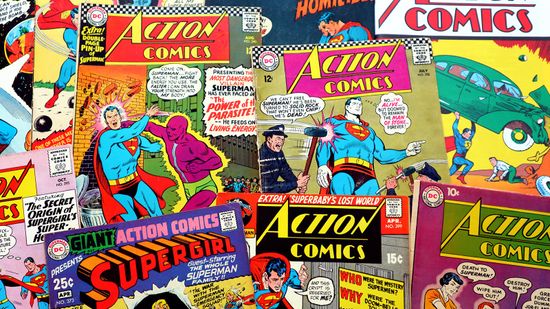
10 Most Powerful DC Characters: A Highly Subjective List

The Most Powerful Marvel Character: 15 Strong Contenders

7 Manga Websites With Quality Options (Both Free and Paid)
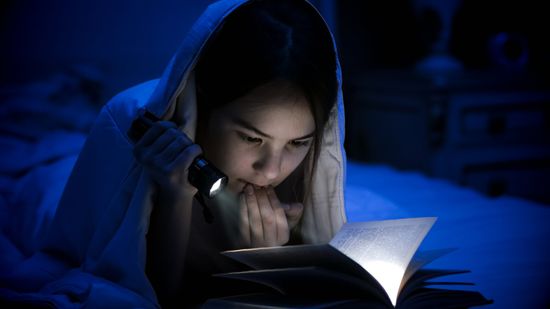
The Scariest Books of All Time Prey on Your Insecurities

5 Types of Conflict That Make Things Interesting (For Better or Worse)

What Is Personification? All About a Common Literary Device

The Magical Art of Cambodian Shadow Puppetry Has Entertained for Centuries
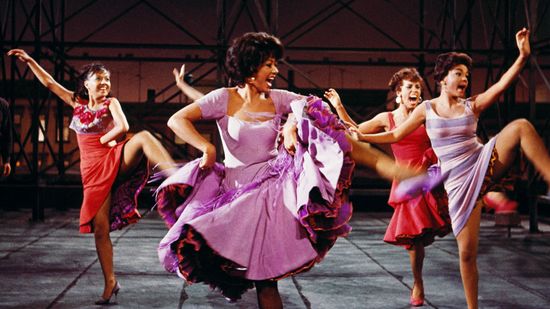
10 Groundbreaking Broadway Musicals

A High-stepping History of the Rockettes
Learn More / Page 7
In glass blowing, artists give form to their work by blowing air into hot glass. People who practice lampworking also create art from the same stuff your windows are made from. What makes lampworking unique, and how did it get its name?
Millefiori, an Italian word meaning "thousand flowers," is a type of glass art that has been practiced for millennia. How have the years changed the way people make millefiori? Can you do it yourself?
It's easy to find out how much money a movie made on its opening weekend. But when it comes to books, sales numbers can be hard to pin down. That's where we come in.
Advertisement
The 20 bestselling children's books come chock full of all kinds of wonderful characters -- from bunnies and puppies to boy wizards and cats with crazy hats. Know a few, do you?
From the Two-headed Nightingale to the Baboon Lady, these 10 female sideshow freaks sure knew how to put on a show. But what were their real stories?
When you think of comic books, you might conjure up images of geeky adolescent boys, superheroes in stretchy tights and flimsy little booklets. But there's way more to this game-changing, generation-spanning art form than that. What's the real story of comic books? What do comic book fans look like today?
Comic books have been around forever, but suddenly, all anyone can talk about is graphic novels. But what are they, exactly? Are they the natural evolution of comic books, or a brand new medium? Find out in How Graphic Novels Work.
Advertisement
A performer slides into a massive cannon barrel and is shot high into the air. She lands safely in a net some distance away, and the crowd goes wild. Who are human cannonballs, and who came up with shooting people out of cannons in the first place?
Accomplished ballet dancers make their graceful feats look effortless. Of course, that means we don't notice the hard work that make them look easy -- or the terms to match those moves. Want to learn the meanings of those fancy French words?
Cubism represented a clear-cut, intentional break with art as visual realism. How did Pablo Picasso and Georges Braque revolutionize the way artists looked at the world?
By Julia Layton
Salvador Dali's paintings are among the most easily recognizable in the world. Oozing pocket watches, bleak expansive landscapes, erotic and grotesque nudes -- they're mind-bending exercises in subconscious exploration. But who was Dali, and how real was his eccentric life story?
Advertisement
Pablo Picasso was arguably the most famous visual artist of the 20th century -- he produces tens of thousands of works and even helped start a stylistic movement. What was the artist like, and how do historians define his styles?
By Julia Layton
One of the most well-known, and American, artists of the 20th century is undoubtedly Jackson Pollock. Even if you think of his famous "drip" technique as something so simple a child could do it, his fame has been cemented in the American consciousness.
Although people now celebrate his bright colors and abstract figures, Henri Matisse was viewed as a radical in his own time -- when he turned the art world upside down. How did a quiet man from a small town become one of the most important French painters of the 20th century?
Her self-portraits are unmistakable -- they feature that same dark, brooding visage, crowned by a single eyebrow. But what do they mean? And, who was the woman behind the art?
Advertisement
Most artists are renowned for capturing reality; M.C. Escher became famous for bending it. The creator of such visual stunners as "Relativity" and "Castle in the Air" had more in common with the mathematicians than the visual artists of his time.
Chances are you've probably read a poem or two in school, had to memorize a poem at some point, or maybe even wrote a poem yourself. But what exactly is poetry?
Three things make books valuable: supply, demand and condition. Most collectors seek out these works because of their associations with famous authors and historical events. Some want them because they're really, really old.
Everyone dreams of finding that rare first edition in Grandma's attic, but how would you know such a treasure if you found one? Book appraising takes years to master, but we've laid out the basics here.
By Dave Roos
Advertisement
The answer to this question may depend on how you define the word "book."
By Eric Baxter
If you've been to a Broadway show in the last four decades, there's a good chance you bought a discounted ticket at a TKTS booth. If so, you can thank the Theatre Development Fund for your low-cost ticket.
The Metropolitan Opera was established more than 100 years ago and hosts more than 200 performances each season. Find out how the Met got its start, and how technology has kept the performing arts alive.
It's not the oldest professional musical organization in America, or the largest, or even the first symphony orchestra to be based in the nation's capital. But the National Symphony Orchestra is a cornerstone of America's orchestral composing and performing arts scene.
Advertisement
For the past 70 years, the American Ballet Theatre has brought the best in dance theater to people around the world. What's the storied (and sometimes stormy) history of the ABT?
Lion tamers have a habit of putting their heads inside lions' mouths, which are made to crush the spines of bulls. So you can imagine what those jaws could do to a person's skull.
By Debra Ronca

